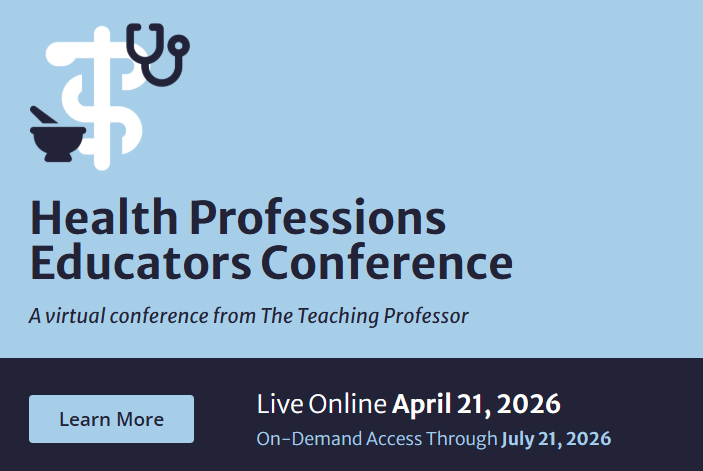Have You Tamed the Content Monster in Your Courses?
In our role as instructors, most of us deal with the problem of too much content. We often embrace a “content coverage” model in designing our courses, in which we attempt to cover all of the material that we deem important or interesting in the area of our course. The result is a course that increasingly balloons out of control each year as more and more content is added, resulting in a harried instructor and frustrated students.



